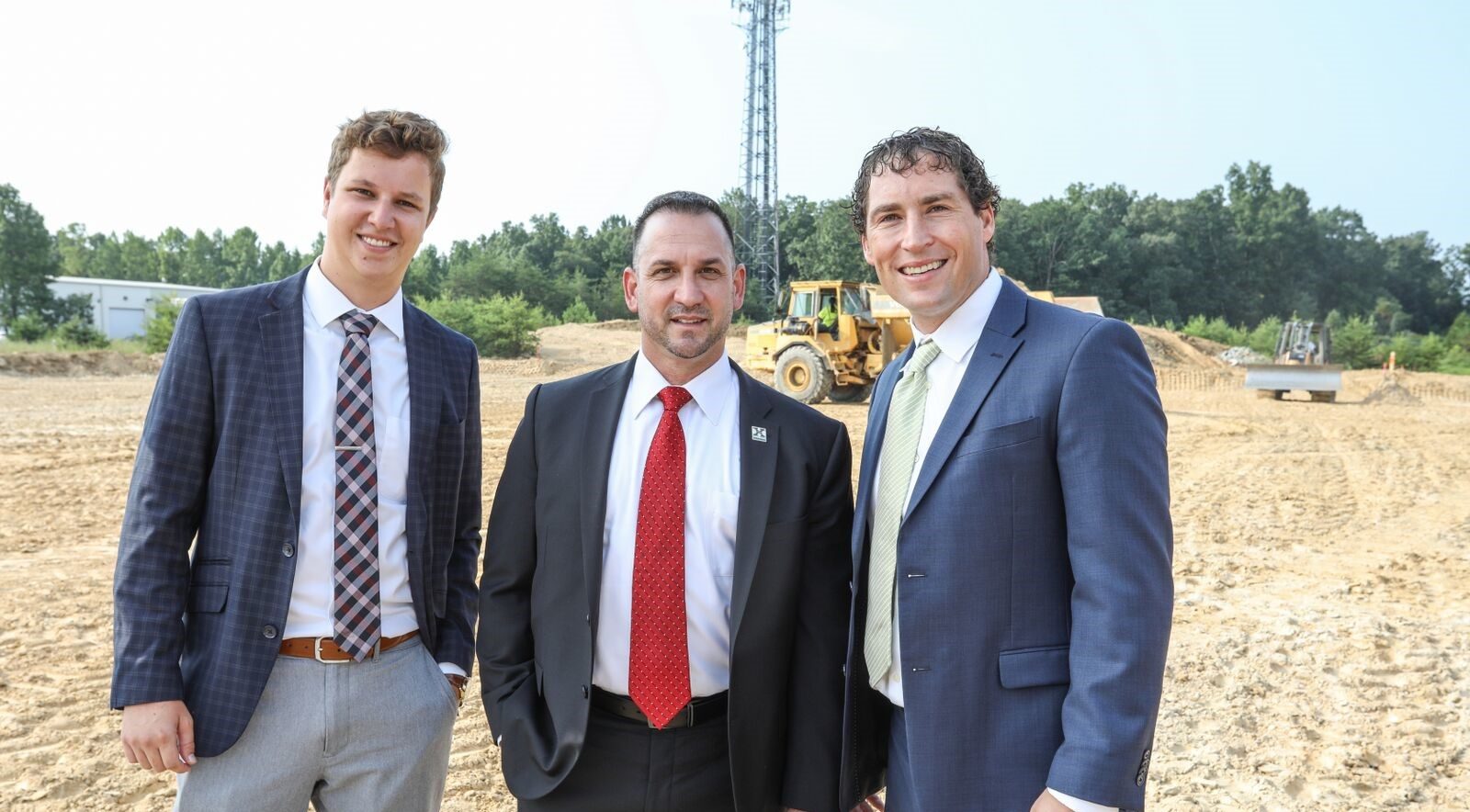Time marches on, and the iconic Baby Boomer generation is stepping back to make room for the Millennials. This demographic is defined differently depending on who’s talking, but let’s go with the range set by the Pew Research Center and say that millennials are those born between 1981 and 1997.
The White House reports that millennials represent over one-third of the U.S. population, making them the largest demographic group. As they come to dominate the workplace, CRE must respond to their unique requirements and preferences when it comes to commercial properties and workspace.
Shaped by the recession that hit as they became adults, and supported by unprecedented access thanks to technology, millennials have high expectations for the workplace. They are the first generation to have grown up with Internet access, they’re more educated than the Baby Boomers (61% have been to college as opposed to 46% of the previous generation), and they are more ethnically diverse. Economic uncertainty has fostered the start-up culture among millennials, and entrepreneurship in the tech field is thriving.
Due to these factors, here are some of the millennials’ priorities, and their implications for how commercial real estate properties might adapt:
Technology
Digital tools and social connections are central to the lives of millennials, both personal and professional. Technology is a vital part of every day and is viewed as critical for staying informed and getting things done. Millennials are very flexible with regard to work hours and many embrace the idea of working remotely and employing mobile technology. This means that they can also incorporate such assistance as https://www.fusionconnect.com/solutions/need/remote-workforce/ to help them with working remotely. Additionally, there is no real reason why more people couldn’t work remotely, especially if all of their work was being done online. There are tools, from companies like Bamboo Solutions (https://bamboosolutions.com/services/packaged/cloud-migration-planning/), that help businesses to accommodate remote working by allowing more workers to access the same documents at the same time. This can be done by using a SharePoint migration tool to make these documents available on Office 365. Hopefully, that sort of thing should help people with remote working, allowing them to access the work from their home.
This factor has a direct impact on how the workspace is configured and even upon how much space is needed. Aside from practical considerations like infrastructure and wiring to support a wide variety of devices, such as voice api, the entire layout of the modern office has changed to suit millennial sensibilities.
The days of hallways lined with individual offices are over, and there’s a drive for more shared space. The workplace is made up of areas designed for specific purposes rather than specific people. Wireless and mobile technologies make it unnecessary for anyone to be tied to a desk. Work can be done in an outdoor space, comfortable lounge, or a shared workstation. More people find that they can work at home at least some of the time, and this is reducing the per person square footage that’s needed in some workplaces. The main aspect Millenials are looking for in a space is that it can cope with modern technology. It can be worth the investment to visit sites like safeandsoundelectric.com/springdale-ct/ to upgrade the electrics in a property that you are offering to make it more appealing and futureproofed.
Creativity
Millennials value the idea of work that gives them some freedom to be creative. Collaborative and socially interactive work is viewed very positively.
This factor also points to more shared spaces and opportunities for interaction at work. Creativity requires flexibility, and many modern workplaces include movable walls and furniture that can be reconfigured in various ways to suit the needs of occupants. Fostering creativity also means providing a stimulating and relaxed environment, which is a result of the more open office concept.
Quality of Life
While work is important, this generation is focused on balance. They tend to stay close to their families and friends and want to have time for recreation while also making a contribution to their community. In this same vein, millennials are concerned with sustainability and more environmentally conscious.
Quality of life does not just refer to the time spent outside of work. Millennials recognize that we spend at least a third of our time in the workplace, and they have come to expect that the office should be a place they’re glad to be in. They look for amenities that make the office enjoyable, and employers are supplying them to boost productivity and retention.
Office spaces may now include gourmet coffee bars, game rooms, gyms, day care, comfortable and casual seating areas, and more. Millennials are keen to live and work in city centers, where they can walk to restaurants, museums, and parks. They are not interested in long commutes, which sap their valuable time. This is driving the rise of urban workspaces, counteracting the previous generation’s move to suburban office parks. This has tremendous implications for commercial real estate, and has led to extensive rehab activity in urban centers as unused space is refitted for commercial use.
Preparing a workspace to accommodate the tech culture and millennial generation requires you to know your audience. Consider their priorities to attract this demographic to your commercial space. Keep in mind the importance of both high-tech functionality and human amenities to strike the balance they are looking for.




